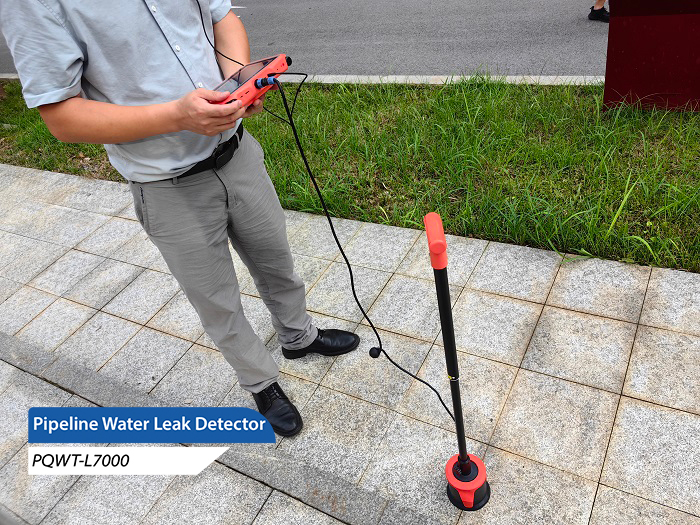First, the main reasons for water supply pipe leakage

Water supply pipe system is an important part of urban infrastructure, and its stable operation is crucial to guarantee the water for residents' life. However, water supply pipe leakage is a common problem, which not only wastes water resources, but also may affect the normal operation of the water supply system. The causes of water supply pipe leakage are complex and diverse, mainly including the following aspects:
1.1 Leakage caused by water supply pipe materials
Pipes made of different materials have different durability and corrosion resistance in different environments. Cast iron pipe is susceptible to cracking due to brittle and hard material; steel pipe is susceptible to corrosion; plastic pipe such as PVC and PE pipe may rupture due to aging; in contrast, ductile iron pipe and prestressed concrete pipe can effectively reduce the risk of leakage due to their excellent performance.
1.2 Leakage of water supply pipe joints
Poor sealing at the interface is a common cause of leakage. Factors such as air bubbles in green lead interfaces, unstable pipe bases, and improper cross-pipe connections can cause leakage at interfaces. In particular, the rubber ring interface of ductile iron pipe and plastic pipe, although it has good seismic resistance and toughness, but the construction quality still needs to be strictly controlled to avoid leakage.
1.3 water supply pipe valve leakage
Valve quality problems, such as welding defects, loose connections, as well as media corrosion, particulate impurities clogging, sealing surface damage, etc., are common factors leading to valve leakage.
Second, water pipeline leakage detection related methods
Effective leak detection methods for timely detection and repair of leaks is critical, common leak detection methods include:
2.1 Visual observation method
By observing whether the ground is abnormally wet, seepage or drainage wells with clear water outflow and other signs, the initial judgment of possible leakage location. This method is suitable for quick identification of obvious leaks.
2.2 Audio method leak detection
Use pipeline leak detector to listen to the audio detection, by analyzing the size and frequency of the leak sound to locate the leak. Large leaks are usually louder, but very serious leaks (e.g. pipe breaks) may sound weak. Valve spigot listening is used to roughly locate a leaky section of pipe, while pavement listening is used to pinpoint a leak. The listening stick is a portable tool that can efficiently detect the sound of leaks in a variety of environments, and is particularly suitable for detailed inspections along the pipeline.
In summary, water supply pipe leakage is the result of a variety of factors, from material selection to construction quality, to maintenance management, each link may become a potential source of leakage. Therefore, taking comprehensive measures, including the selection of high-quality pipes, strict construction standards, regular inspection and maintenance, and the application of advanced leakage detection technology, is an effective strategy for the prevention and control of water supply pipe leakage. Through these efforts, the reliability and efficiency of the water supply system can be significantly improved and the waste of water resources can be reduced.








